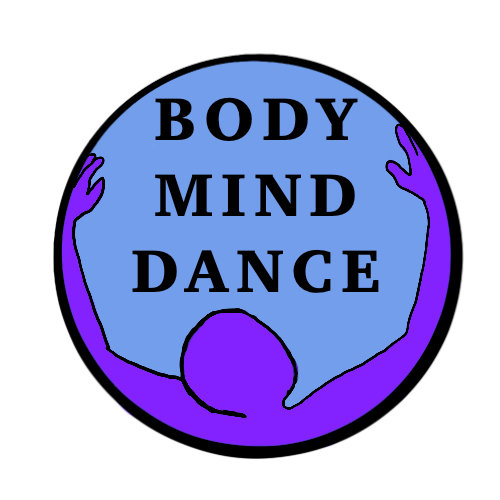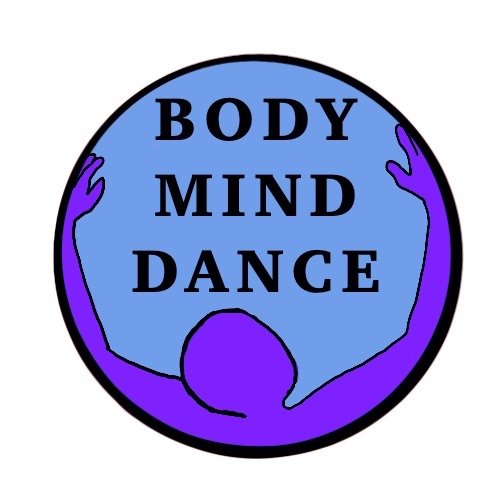SOMATIC EXPLORATION: INTRO TO ORGANS
Insides and Outsides: The Digestive Tract
Rub your hands over your skin feeling how it envelopes the outside of your body, your largest organ, your outer covering, your surface area. With your hands feel the skin wrapping around your head, your neck, your torso, your arms and hands, your legs and feet.
Slightly open your mouth and feel the transition from skin to lip to the lining of the mouth, the mucous membrane at the beginning of your insides. Feel how each place facial skin, lip, and inside the mouth has a different feeling. Close your eyes and imagine the winding 40 feet of wet tube starting in the mouth, narrowing and widening between a half inch and 3 inches, descending, curving, and coiling until it reaches the anus and abuts the external skin again. Your digestive tube is as long as a shipping container or half of a tennis court and it fits inside your torso. It provides a passage through the middle of you, a passage with many stories of physical and chemical change. It is the source of energy, minerals, satiety, fullness, purification, fascination, holding on, letting go, satisfaction, comfort, discomfort, need, desire. It is where we store emotions, where we take in the outside world and change it or tuck it or stuff it. It is the home of gurgles and burps, of farts and poop.
Container and Contents
This exploration is about feeling the difference between your musculoskeletal outer layers and the softer inner organs of your body.
Most of us are used to using our muscles and bones, to washing our skin. For now I am calling these parts of you the container for your contents. I am calling the the soft inner parts the contents: heart, lungs, stomach, liver, gall bladder, pancreas, large and small intestine, kidneys, bladder, prostate or uterus and ovaries, and brain. (Your fluids, fascia,and nerves are in both your contents and your container). It’s your container or outsides that surround, protect, hold, and help your insides move through space. It’s your contents that physically support the container from the inside and that autonomously keeps you alive and functioning.
Remember, this is about what you experience. Sometimes this can be difficult to feel. Be kind to yourself. Be curious. We experience what we experience.
Find a comfortable place to lie down on your side. Place one arm under your head. Use pillows for comfort under your neck and/or supporting your top arm in front of you or between your knees. We are going to be rolling in a few minutes so you won’t be using the pillows a long time. Once you are settled, rest here. Feel where the side of your body touches the supporting surface. Feel gravity shifting your weight towards the earth. Release into gravity. Breathe. Relax your face and tongue. Let yourself sense and be, resting in the feeling of gravity and softening onto your downward side. If you find yourself commenting on the process or yourself or having drifting thoughts remind yourself to come back to sensing and feeling the relationship with the surface, the feeling of the weight of gravity shifting downwards, the whole form of your body in this space lying on your side. Close your eyes and stay here for a few minutes sensing the weight and the form of your body. What do you experience? What do you notice about how your body feels at rest? Are there places that call for your attention? Are there places that are more or less likely to rest? Are there places that are less or more accessible for you? Notice, then stop thinking and release again into feeling the support beneath you and softening into the support. Let your body-mind rest. Receive the sensations.
Notice the weight and release in the body of this resting child. Can you find this feeling in your body while you are awake by shifting into the sensations of the fluid weight of your organs resting on the support beneath you?
Roll slightly as if you are starting to get out of bed - just the beginning inches of a roll forward to push to sitting. Experience the familiar feeling of your limbs helping you to roll. Notice if you start the roll from your arm and shoulder or by using your foot, leg, hip or with both. Do this a few times rolling forwards a few inches towards getting up and back to side-lying. Feel the movement of your outer body - how you use your muscle and bones. This is a structural feeling of your body in action
Rest in side-lying again. Bend your knees slightly and put your top hand’s palm on the surface in front of you for more support. Feel how your side meets the supporting surface - the bed or the floor. Let your body soften into the surface. Sense gravity flowing through you, carrying your weight towards the floor, on its way towards the center of the Earth. Allow your weight to drop with gravity to your supported by the surface side. Feel the weight of your brain inside your skull, the weight inside your neck, the weight inside your torso, the weight of your lungs and heart resting inside your ribs, the weight of your belly resting inside your pelvis.
Then very slowly let the feeling of your weight inside shift slightly forward. You are going to shift forward about a quarter of the way towards the surface underneath you. Let the weight of the organs gently shifts the surrounding structures as it slowly rolls forward inside. It is the sense of the weight and fullness inside slowly shifting along the inside of the skull, the neck, the ribs, the waist, and the pelvis. Your palm is there for stability, but not for pushing. You might feel how easy it is to shift back to using your container, the muscles and bones that you are used to using to move. When you notice this happening just shift back to the feeling of fluid weightedness inside. Let your soft insides shift your outer body back to sidelying. You are feeling the shifting of your organs inside your ribs and pelvis, inside your skull helping you to roll back to your initial position.
When you reach side-lying rest and reestablish that feeling of gravity helping you feel weightedness inside your container. Then slowly let the weight shift towards the back. Again you are not going very far - just enough to feel the rolling of your structure and then slowly shift forwards to return to neutral side-lying. Rest with the feeling of inside fullness.
Roll back and forth at your own slow pace several times until you feel comfortable with initiating movement from the inside. Let your muscles and bones rest. It’s slow. It’s a feeling of weighted fluid shifting. It’s releasing what you normally do.
Next slowly transition to sitting. I like to use a slight push from the top palm on the floor to start the momentum while keeping my awareness on the organ feeling. Can you can keep the feeling of fullness inside as you go? If you lose the feeling, stop and feel your inner weight and fullness in your head and torso. Then begin moving again. Take a moment to feel how sitting feels with the awareness of organ support from the inside. What do you experience?
Next slowly transition to standing. Again this is about feeling the interplay between the musculoskeletal container and the softer inner contents of your body. As you transition, feel your awareness of how the contents and container interact. Keep your focus more on the insides than the outsides. When you reach standing take a moment to feel standing with the feeling of contents and container. Remember to include your brain. You will need to use an different type of sensing than the kind of thinking you are used to when you include your brain as weighted soft tissue.
Can you take your contents for a walk. Can you have a conversation with this feeling present? Play with the feeling of contents and container throughout several activities and interactions and experience what happens. How does this feel? Do you think differently or relate differently? Does your body move differently?
Try hugging someone with the feeling of your contents, then the feeling of your container and then with both combined. How does each experience feel?
A True Organ Hug and Snuggle




